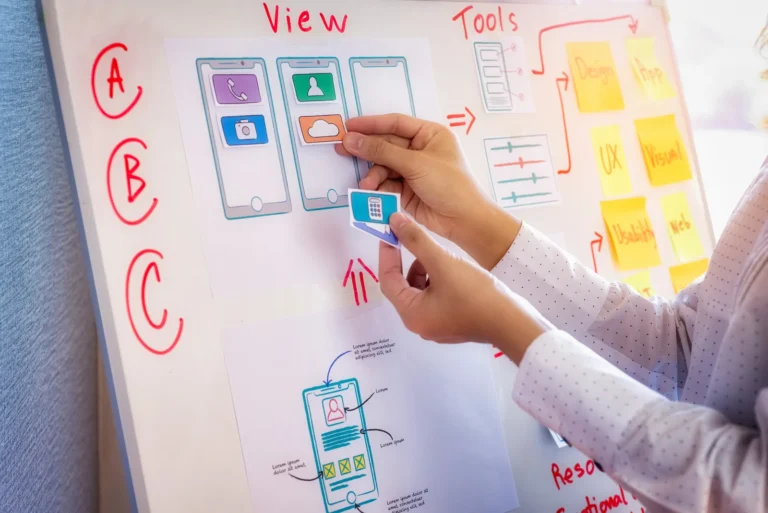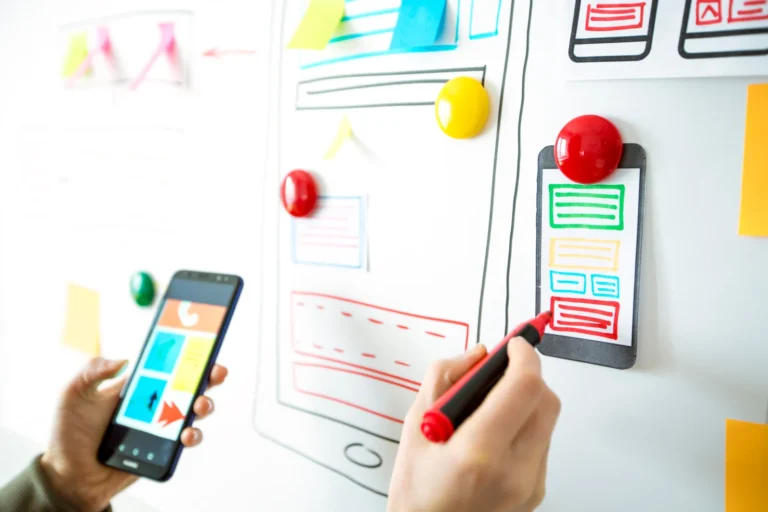Update from InVision posted 17/12/2024:
InVision has officially announced that all services will shut down on December 31, 2024, at 11:59 PM ET, after which all content will be permanently deleted. Users are encouraged to export their data as soon as possible to avoid disruptions. Unfortunately, bulk export options are not available, so each document must be downloaded individually. For full details, see InVision’s announcement and offboarding best practices.
If you’re looking for a powerful alternative to InVision, consider ShareTheBoard. Our collaborative whiteboarding platform offers seamless tools for remote teams, enabling real-time interaction and intuitive board sharing. Transition smoothly today – start using ShareTheBoard now!
Contact us with any questions or schedule a free consultation to see this technology in action.



